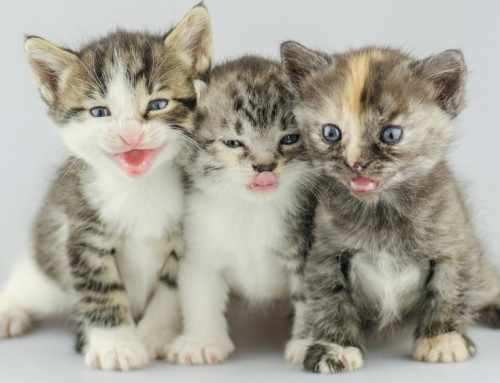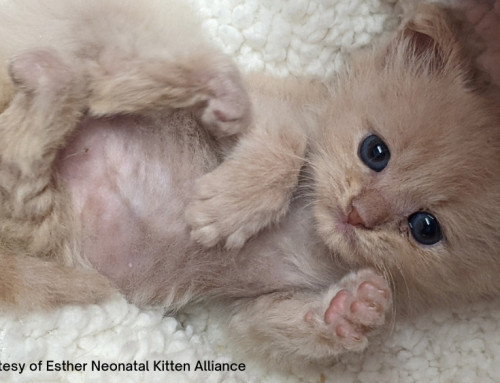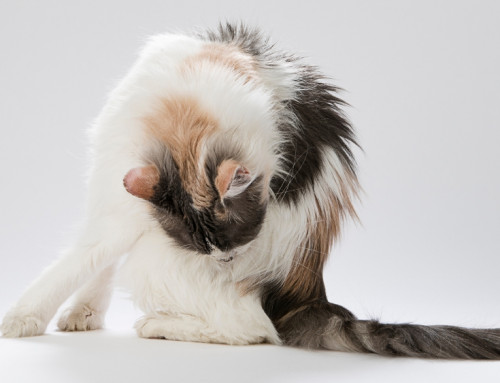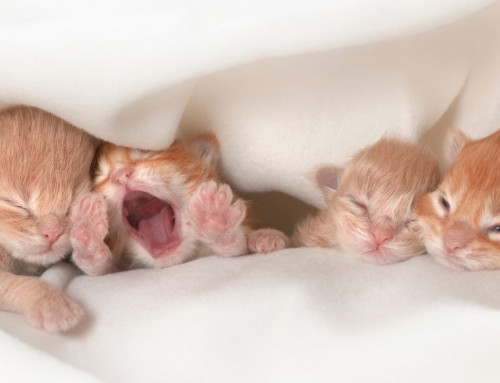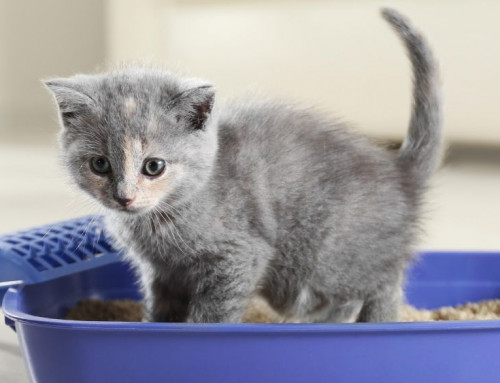Share this resource or email it to a friend!
What Is Vascular Ring Anomaly in Kittens?
Vascular ring anomaly is a congenital disorder of the aorta (the main artery of the body that carries oxygenated blood from the heart to the rest of the body) or related arteries that involves partial or complete entrapment and compression of the esophagus, trachea or both.
Vascular ring anomaly not only prevents proper nutrition, but can also result in secondary conditions caused by constant regurgitation, a symptom of the disorder.
Any breed can be affected, but it is more common in Persians and Siamese. Kittens are typically diagnosed with vascular ring anomaly at the time of weaning from milk to solid food.
What Causes Vascular Ring Anomaly in Kittens?
The most common type of vascular ring anomaly in felines is the persistent fourth right aortic arch (PRAA), which causes compression of the esophagus. As a result, solid food is prevented from properly moving past the compression, and the esophagus becomes enlarged in front of the compressed area. When the esophagus is enlarged due to PRAA and has decreased or no motility, the condition is known as megaesophagus.
What Are the Symptoms of Vascular Ring Anomaly in Kittens?
Despite having a voracious appetite, most kittens will fail to grow and be thin. This is due to malnutrition caused by constant regurgitation that deprives the kitten of the calories, vitamins, minerals and other nutrients needed to maintain healthy tissues and organ function.
Regurgitation, the ejection of the contents from the esophagus or stomach without active retching, is present in approximately 90% of affected kittens and occurs during weaning. Regurgitated food consists of undigested food and mucus.
Regurgitation occurs because, unlike milk which easily moves past the point of compression of the esophagus, solid foods are prevented from passing. Regurgitation usually occurs immediately after eating but can sometimes be delayed since the ingested food may be held in a pouch, a dilated or stretched portion of the esophagus.
Aspiration pneumonia may occur as a secondary condition as a result of regurgitation. During regurgitation, food can be inhaled into the lungs, causing inflammation and often infection of the airways and tissues of the lungs. Symptoms of aspiration pneumonia may include increased respiration, shortness of breath, difficulty breathing, open-mouth breathing, increased heart rate, anorexia, green or yellow nasal discharge, fever, coughing and lethargy.
How Is Vascular Ring Anomaly Diagnosed in Kittens?
The diagnosis of vascular ring anomaly is made with a thorough physical examination and diagnostic testing performed by a veterinarian. A full blood analysis is necessary to rule out any potential underlying causes of the regurgitation. If no other underlying cause is evident and vascular ring anomaly is suspected, imaging studies are the diagnostic method of choice. These studies may include chest x-rays, an esophagram (an x-ray that takes video images of the esophagus in real time, also known as a barium swallow) and/or angiography (an x-ray used to examine blood vessels).
In cases where x-rays are not diagnostic, or if the underlying cause of regurgitation is not immediately suspected to be a vascular ring anomaly, an endoscopy may be merited. This involves passing a flexible tube with a lens at one end and a video camera at the other into the esophagus through the mouth. An ultrasound may be done to check for other congenital heart disorders and lastly, due to a suspected correlation between vascular ring anomaly and skeletal malformations of the skull, vertebrae, ribs and sternum, a computed tomography (CT) scan, which uses x-rays to create pictures of cross-sections of the body, may be recommended.
What Is the Treatment for Vascular Ring Anomaly in Kittens?
Surgery is the recommended course of treatment for vascular ring anomaly. It consists of surgical ligation and transection of the vessel causing the compression of the esophagus. Clinical improvement is usually noted after surgery; however, mild esophageal distention may persist, especially if a large pouch was present prior to surgery.
In cases where esophageal compression remains or the esophageal enlargement was severe enough to cause serious nerve damage prior to surgical intervention (persistent megaesophagus), feeding will require several modifications:
- Offer wet food or moistened and puréed dry food to allow easy passage into the stomach
- Provide frequent, small meals so as not to overload the esophagus
- Feed in an elevated food dish to extend the kitten’s neck and allow the esophagus to open as widely as possible during mealtime
- Maintain the kitten in an upright position for 10-15 minutes after a meal in order to allow gravity to help food enter the stomach
What Is the Prognosis for Vascular Ring Anomaly in Kittens?
The long-term prognosis is good for those kittens who undergo surgical intervention at an early enough age to both correct the compression and prevent irreversible damage to the esophagus. Lifestyle changes will still be required to manage these kittens throughout their lives.


